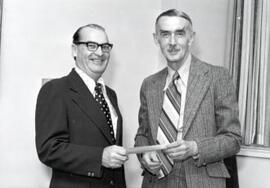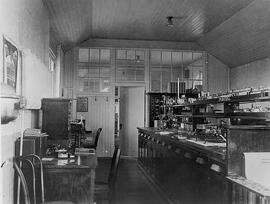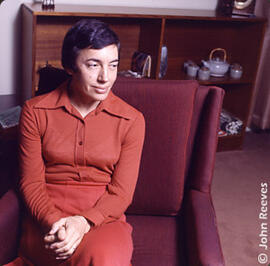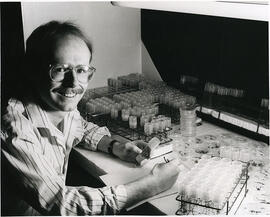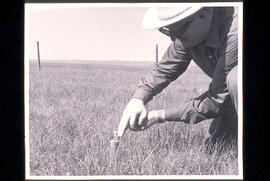Fund Raising for Research and Scholarship
- A-5057
- Item
- Dec. 1975
R.W. Begg, University President, accepts a cheque from J.Y. (Jack) McFaull representing the Space Engineering Division Systems Limited.
Bio/Historical Note: The University of Saskatchewan's Institute of Space and Atmospheric Studies joined in 1965 with university scientists and researchers to form the Space Engineering Division (later known as SED Systems Incorporated). SED supplies both systems and services to the satellite industry. SED is located in the Innovation Place Research Park on the U of S campus.

